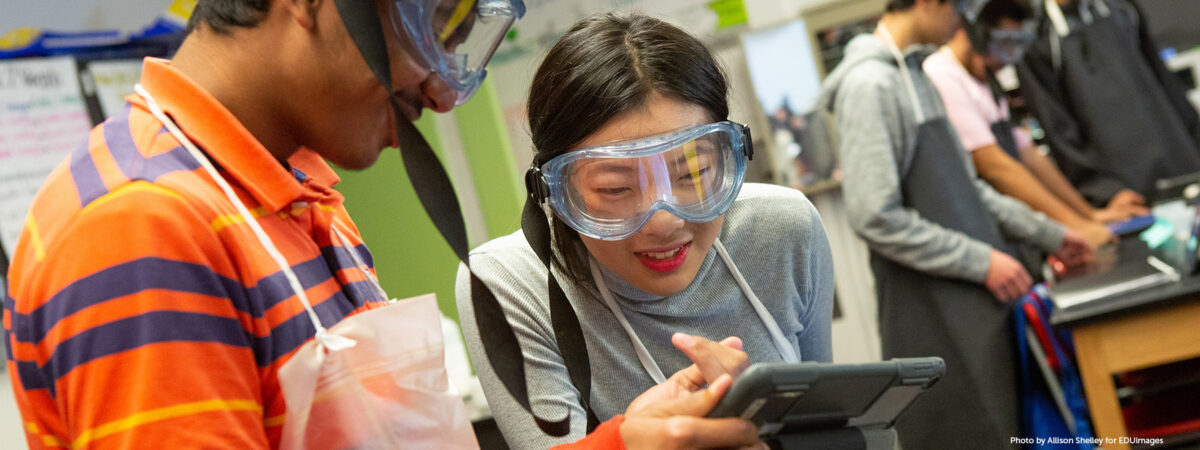
To explore GC and COV specifically within OpenSciEd, we partnered with middle school science teachers to explore how a deeper focus on these mathematical reasoning skills can boost student learning. Partnering teachers participated in professional learning to learn about the mathematical concepts of GC and COV, pedagogy, and student reasoning. Teachers then taught OpenSciEd units in their middle school classrooms using resources and practices from the professional learning to emphasize students’ engagement in graph comprehension and covariational reasoning.
To explore how the integration of mathematical reasoning of GC and COV into science instruction could support students, we asked science teachers to share their experiences in interviews at the start and end of the 2024-25 school year and in weekly teaching logs.
Teachers shared that more intentionally and deeply integrating math into their instruction was beneficial for students. Science lessons that invited a focus on graph comprehension and covariational reasoning supported students in engaging with data, deepening students’ knowledge about scientific phenomena. As one teacher reflected in a weekly teaching log, “the kids really do seem to be understanding the concepts better because of the math/graph component.”
One teacher mentioned that “students are becoming more confident with reading and understanding the purpose of the graph given in front of them. They…can form conclusions that are accurate and tie into the [science] standard we are trying to reach.” Others echoed this sentiment in interviews, indicating that an emphasis on mathematical reasoning helped students better discover and interpret patterns in graphs and use data in graphs as evidence to support scientific claims.
“Students are becoming more confident with reading and understanding the purpose of the graph given in front of them. They…can form conclusions that are accurate and tie into the [science] standard we are trying to reach.”
In addition, we heard that integrating GC and COV where appropriate into science instruction helped with knowledge retention. As one teacher noted in an interview, “I really liked how we used [GC and COV] to make sense of the science we were learning…that was really helpful and really nice because it stuck. It made the science stick with them.” Successful reasoning about GC and COV in science may require consistent practice; as one teacher reported, “We have returned to using graphs as a warm-up most days. I saw a significant decrease in graph skills after taking a week break.”
The integration of GC and COV as a way to help make sense of the science phenomena may be beneficial for students’ performance in math classes as well. For instance, one participant shared that a math teacher told them, “Our students this year are really understanding graphing and graphing relationships much better than they have in the past, so however we are approaching this in science is translating over to their math class.” This example points to ways that science and math teachers could work together to support student learning across content areas.
Learn more about how we’re deepening students’ mathematical reasoning in science and sign up for the Learning Sciences Connection newsletter to be notified when our forthcoming report is available.